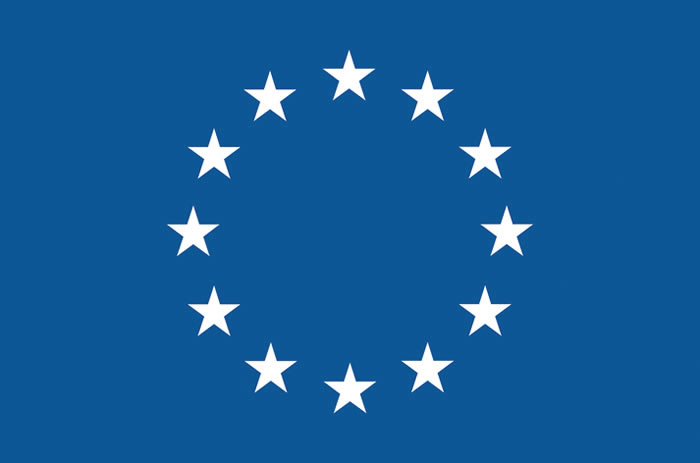Otzen, Daniel

Daniel Otzen is Professor of Nanobiotechnology at the Interdisciplinary Nanoscience Center (iNANO) at Aarhus University. Daniel Otzen has an MSc degree (1992) in Molecular Biology from Aarhus University and a PhD (1995) in protein biophysics from the lab of Sir Alan Fersht at Cambridge University jointly with Aarhus University. He has worked with protein stability, folding and misfolding his whole career. After 2 years as research chemist (1995-1997) at Novozymes A/S (which stimulated his interest in the impact of surfactants on protein stability and structure), he returned to academia, first as a postdoc at University of Lund (1997-2000) with Mikael Oliveberg and subsequently as Associate Professor and Professor (2000-2007) at the Department of Life and Environmental Sciences at Aalborg University. He joined iNANO as Professor in 2007. His group combines different spectroscopic, calorimetric and structural techniques (scattering and electron microscopy) to address the mechanisms and thermodynamics of protein aggregation and self assembly in health and disease, folding in membranes and micelles and – recently – activity and stability of cold-active enzymes. He has authored > 350 peer-reviewed articles. He is married with two children and uses his spare time to walk the dog and keep the weeds at bay in the garden.
Topic:
Enlisting microfluidics to screen for inhibitors of toxic protein aggregates in Parkinson’s Disease and other disruptors of protein-protein interactions.
Abstract:
Soluble oligomers of the protein alpha-synuclein are believed to be a major cytotoxic agent in the development of Parkinson’s Disease, yet their very dynamic structure makes them difficult drug targets. I will describe our efforts to develop compounds targeting these oligomers by screening for the ability to prevent oligomer interactions with other biological species such as membranes and antibodies. Our approach is to use flow-induced dispersion analysis (FIDA) which allows us to monitor apparent oligomer size, a parameter which changes if the oligomer complexes with other large components. In parallel I will also describe our use of FIDA to identify small molecules to block binding of the SARS-CoV-2 spike protein to the human receptor ACE2.
Back to speaker overview Back to Oral- and Flash presentations overview





